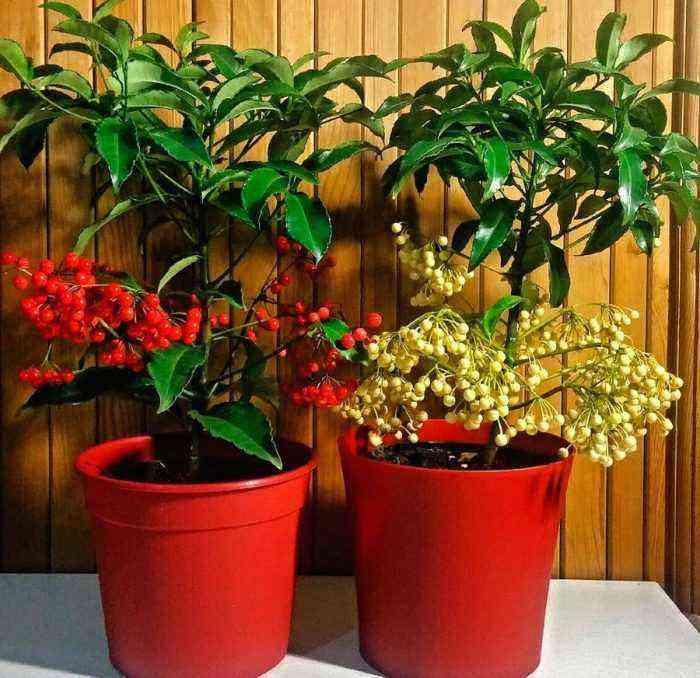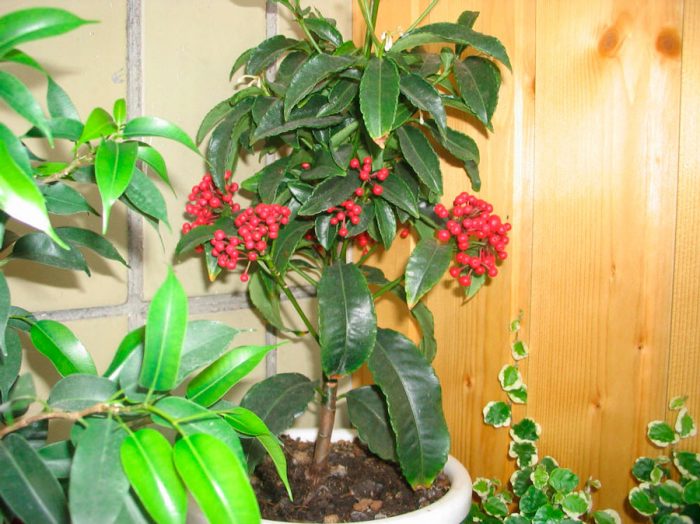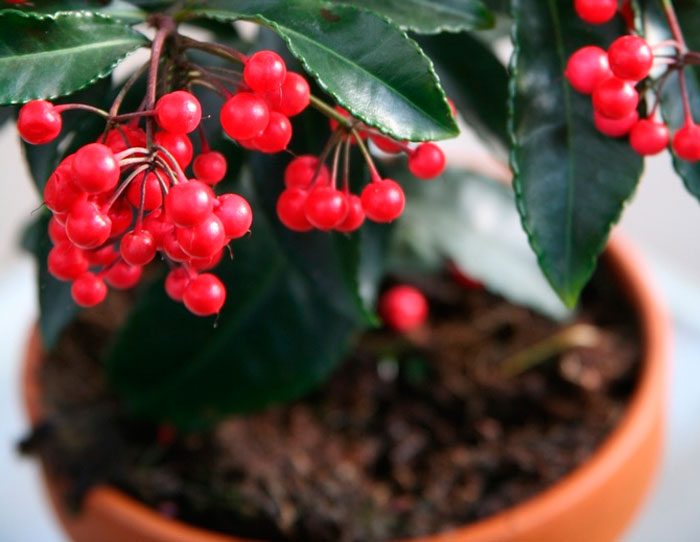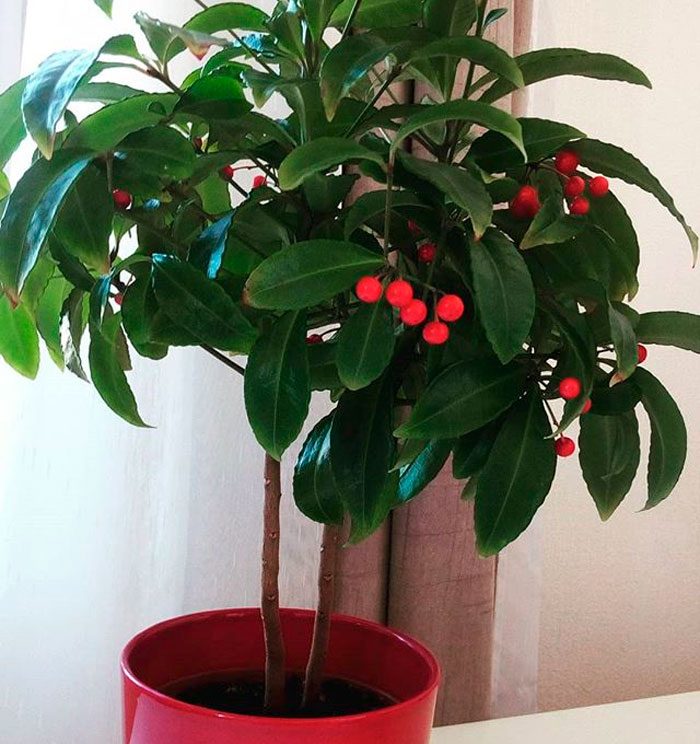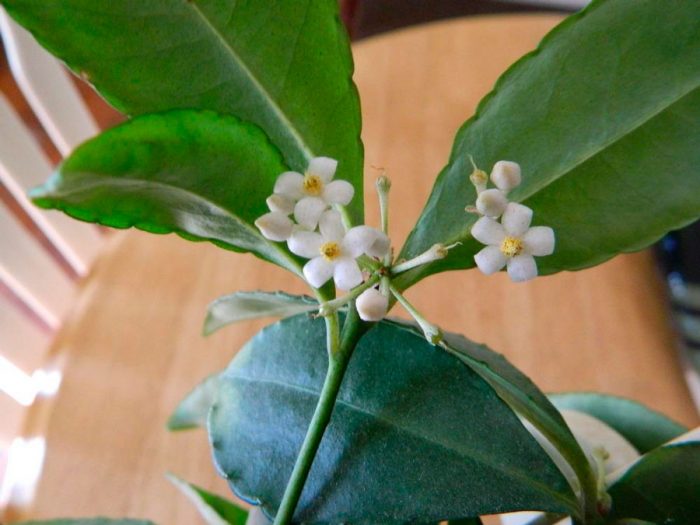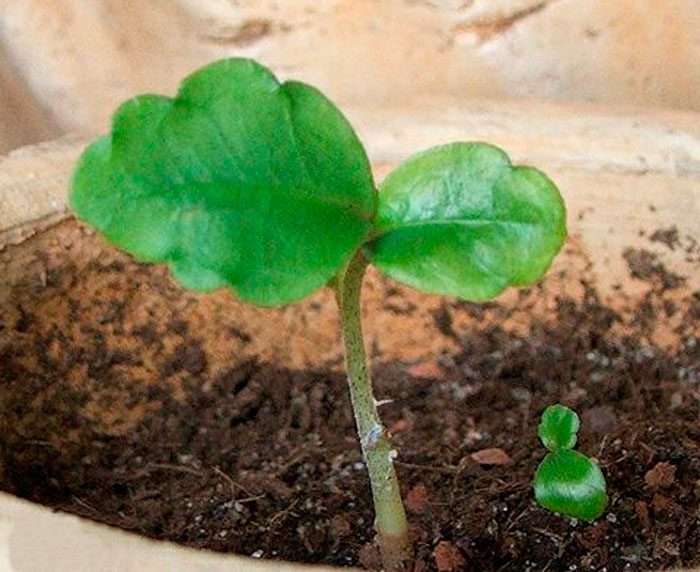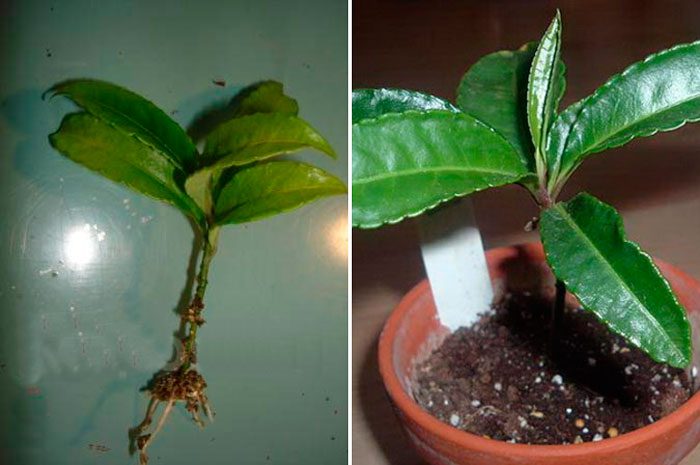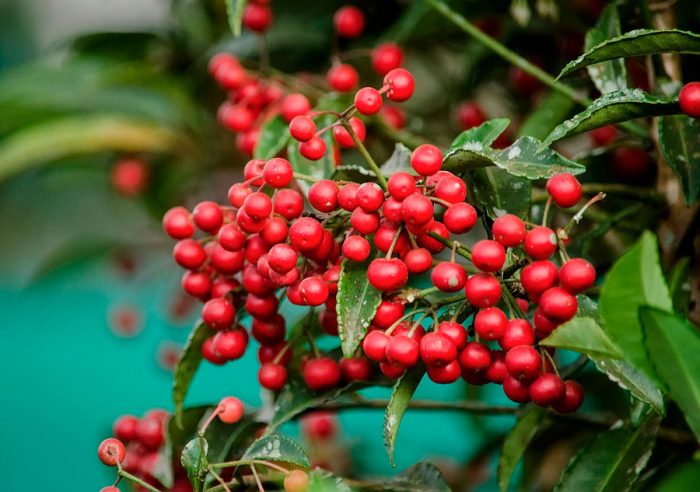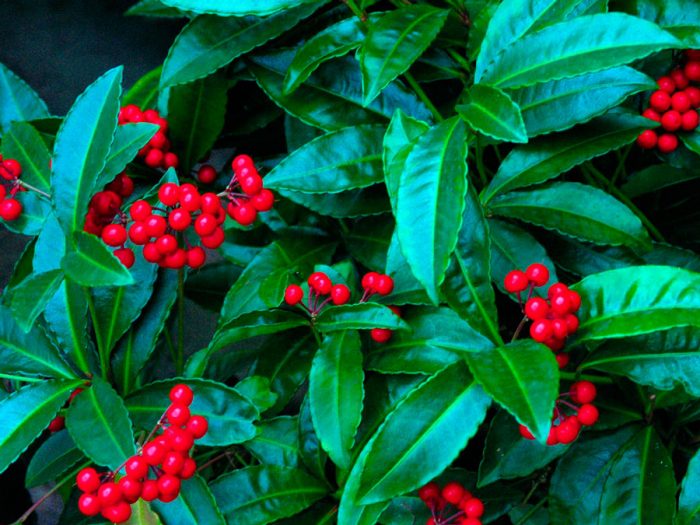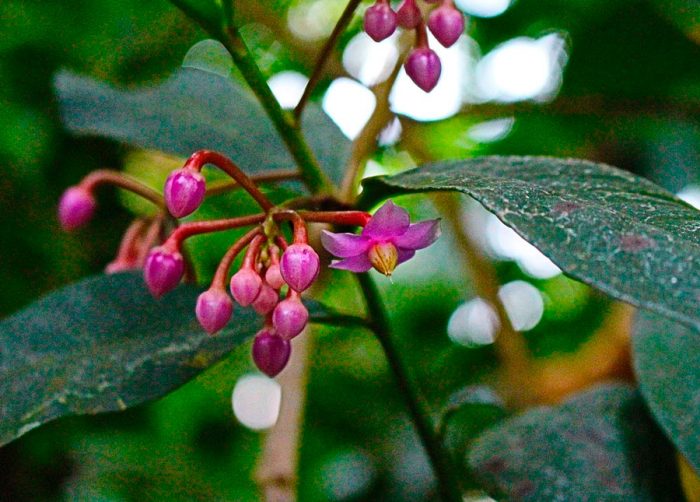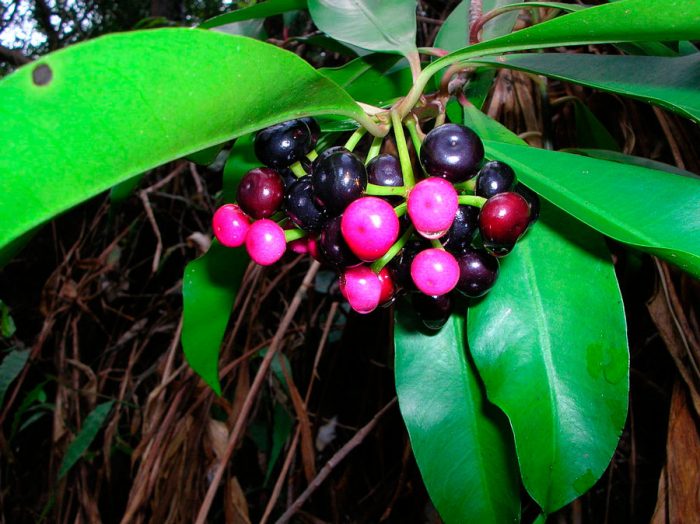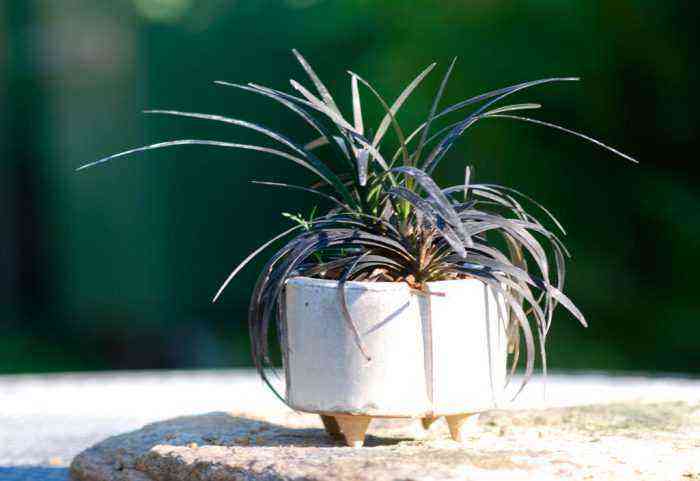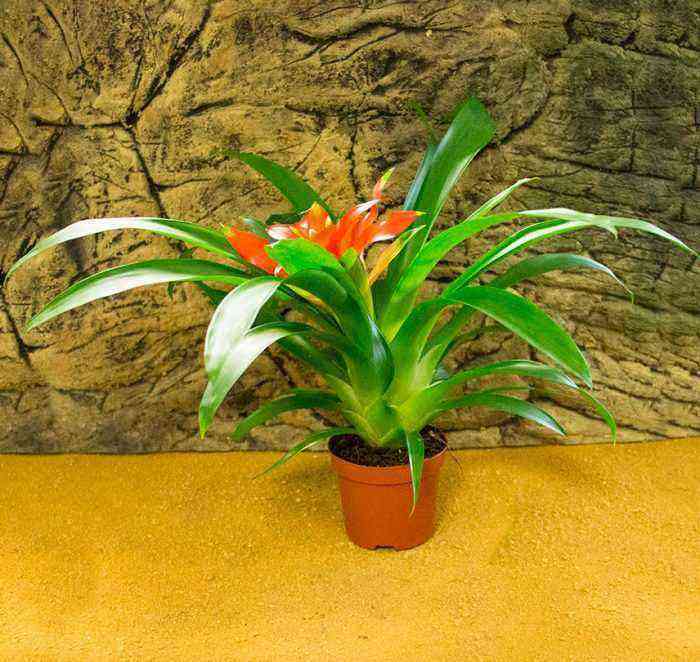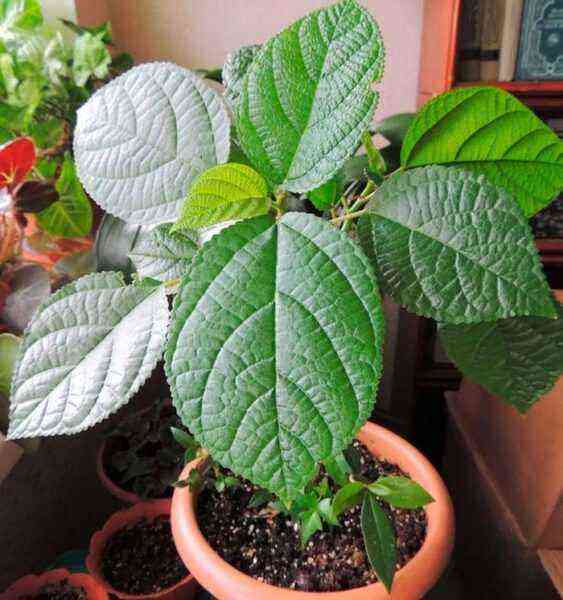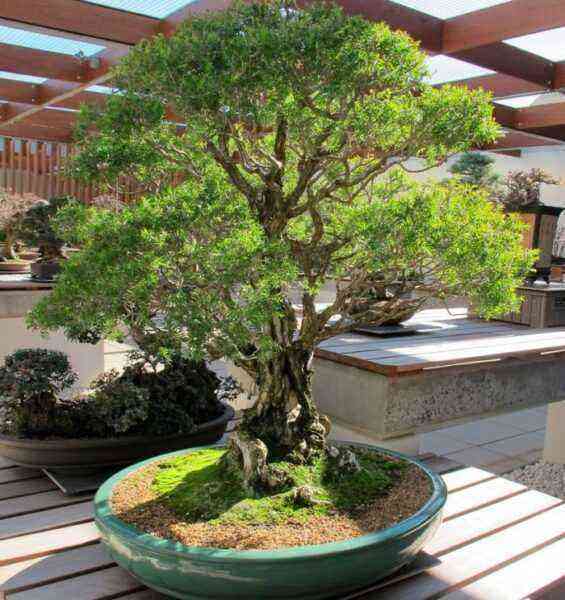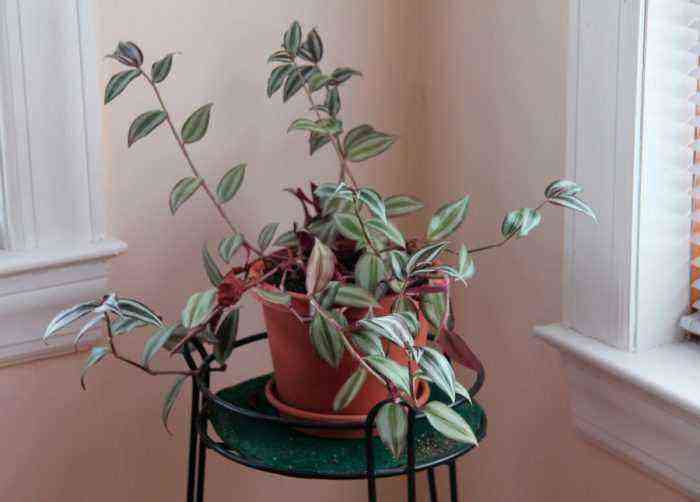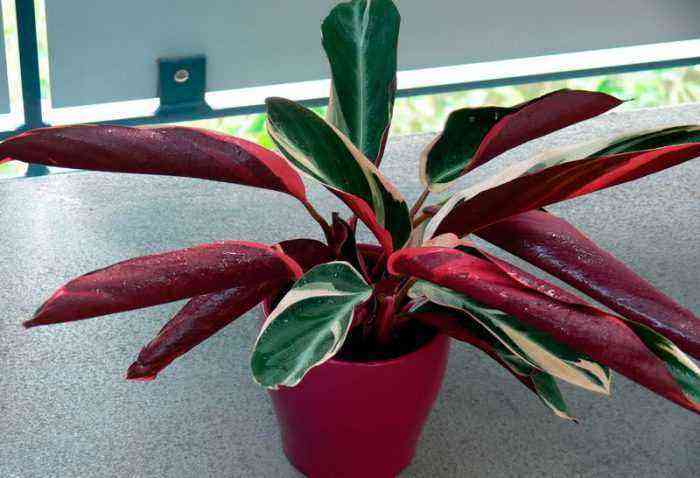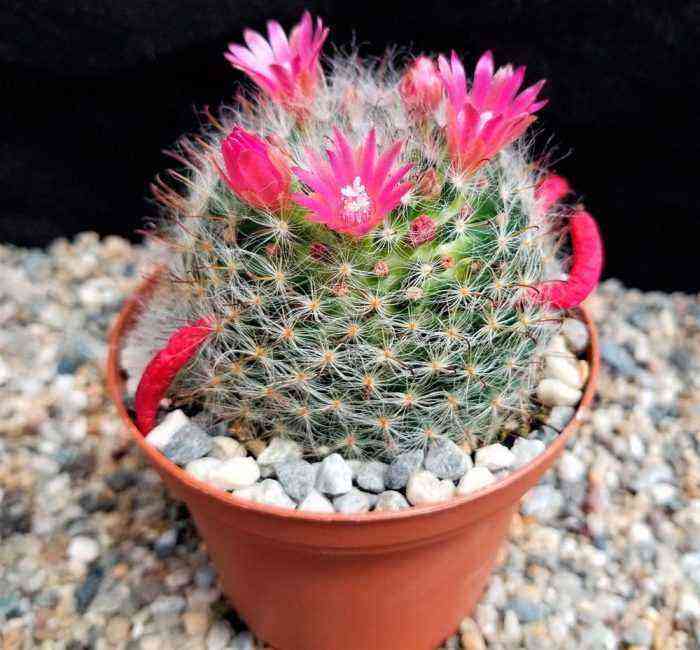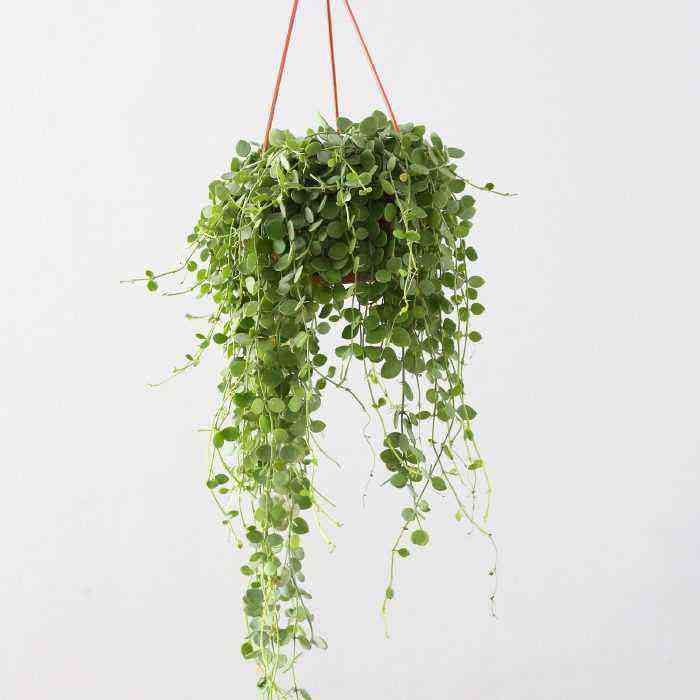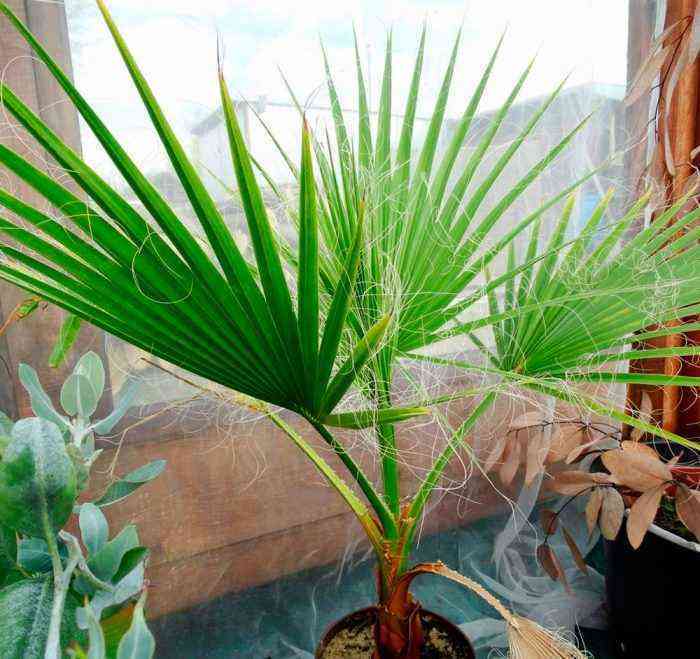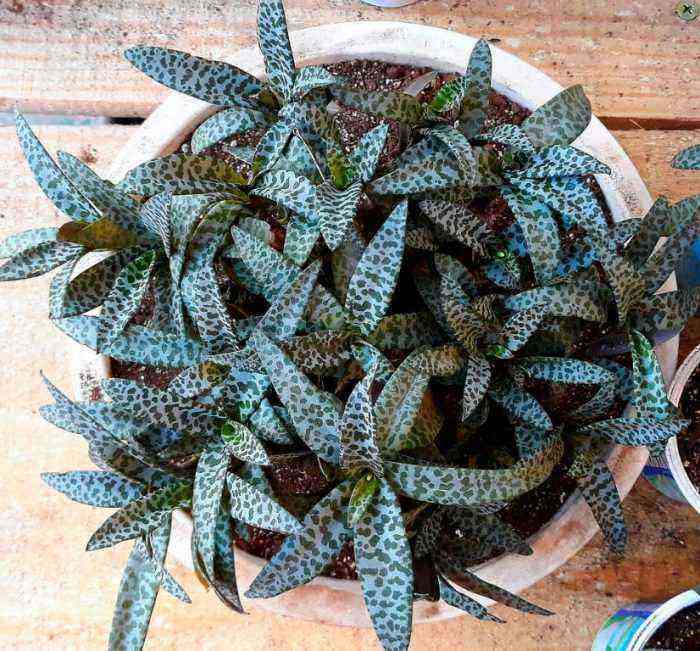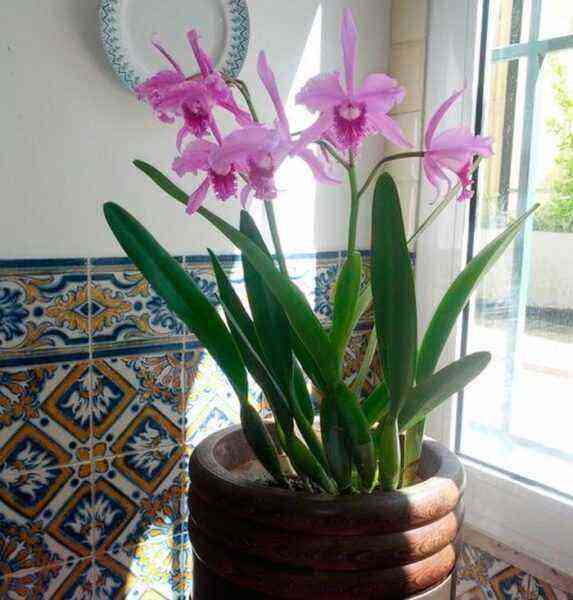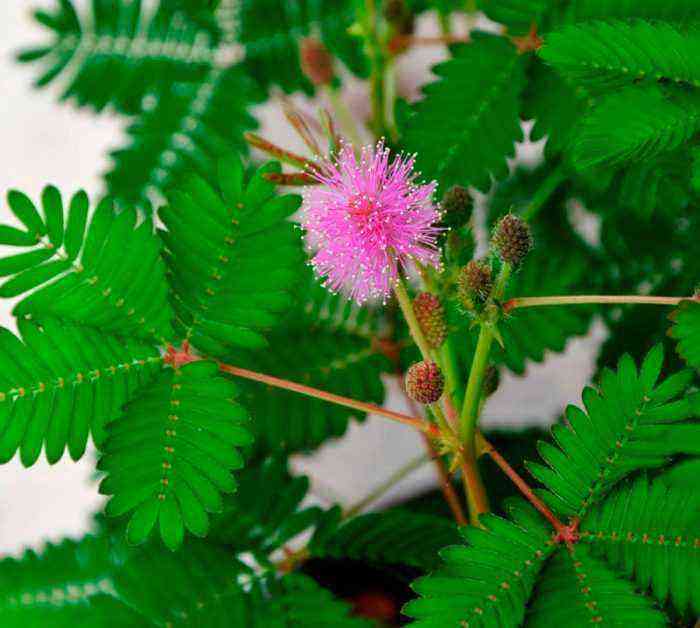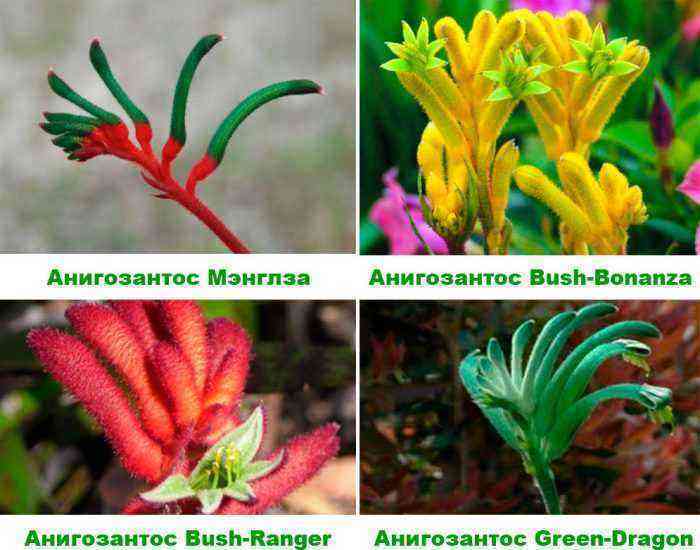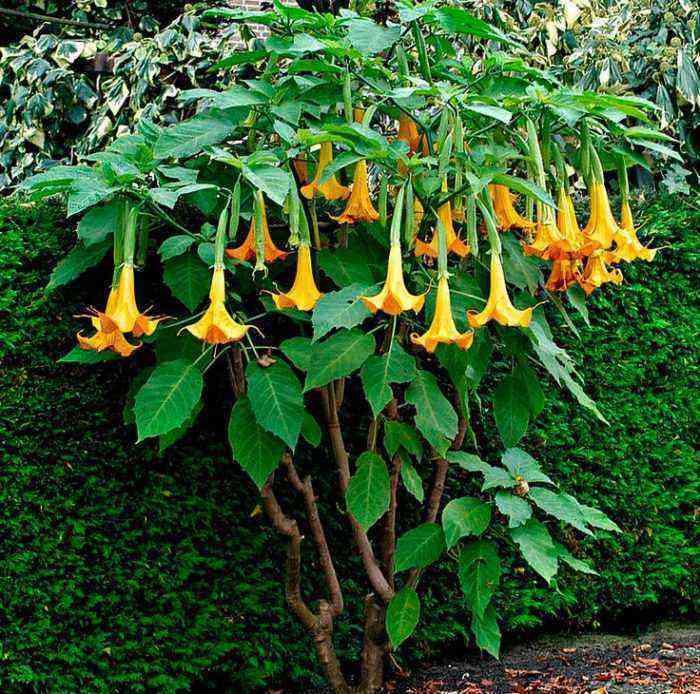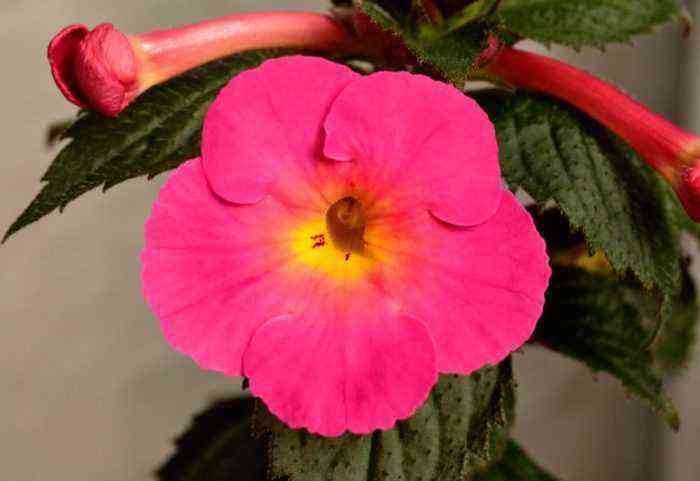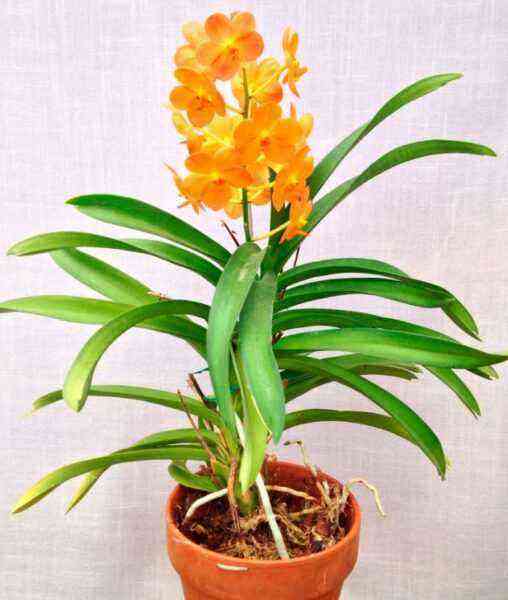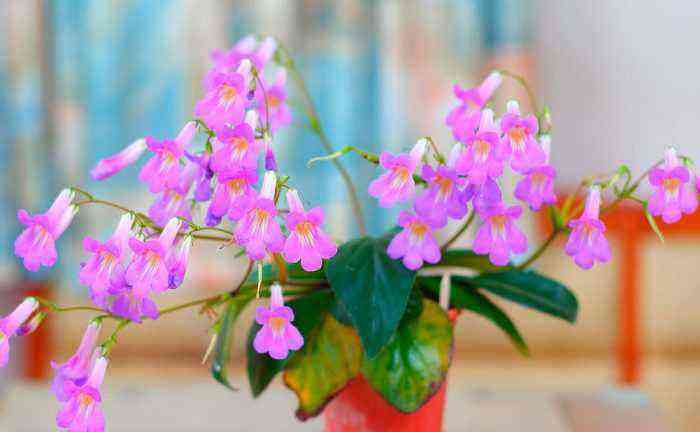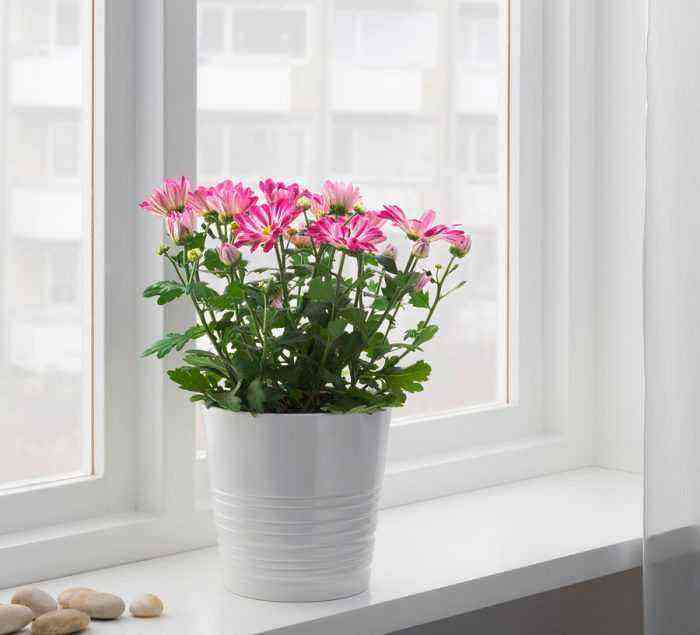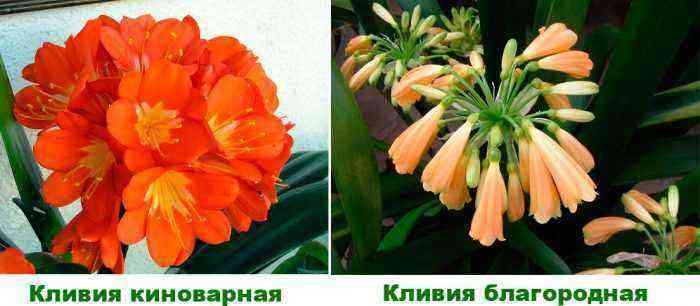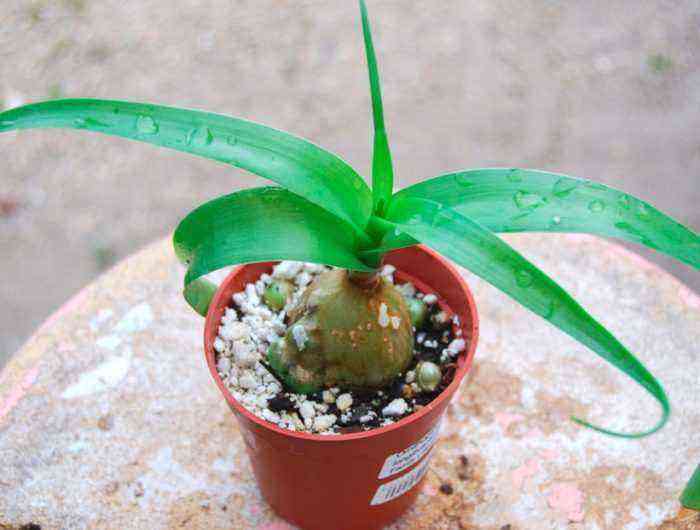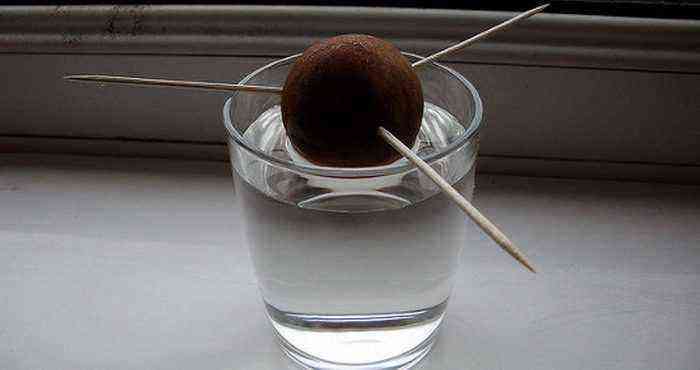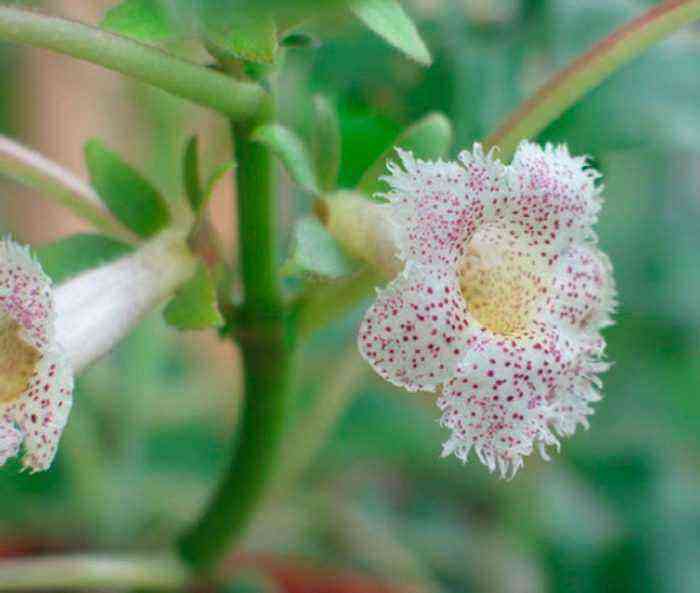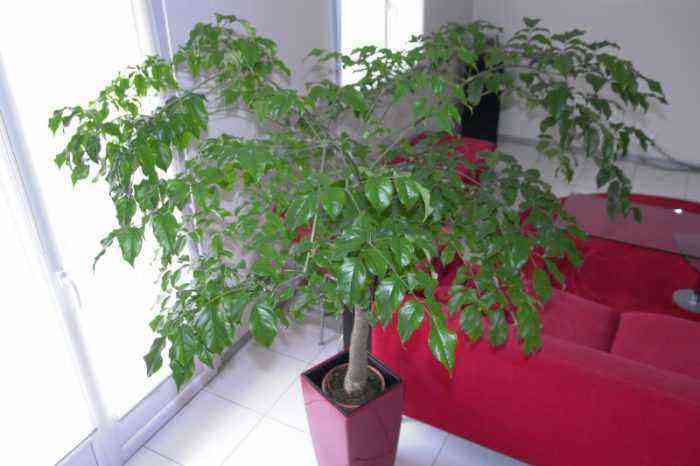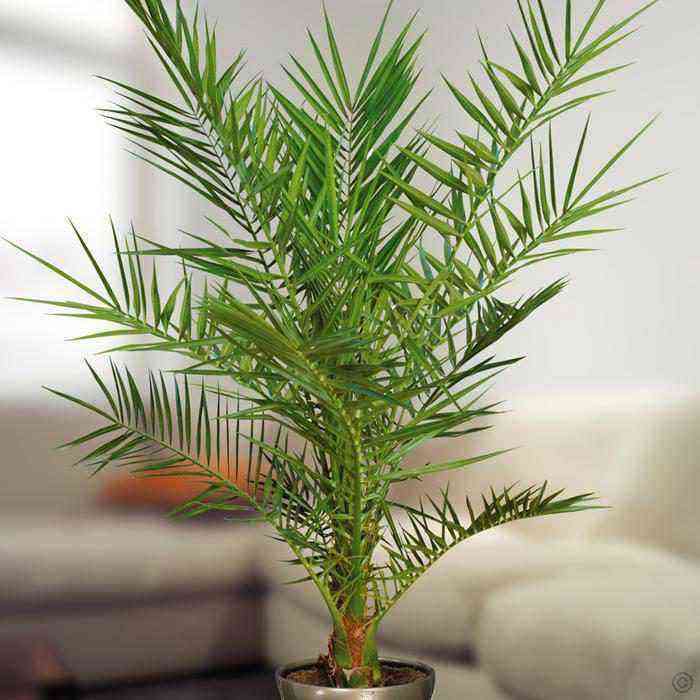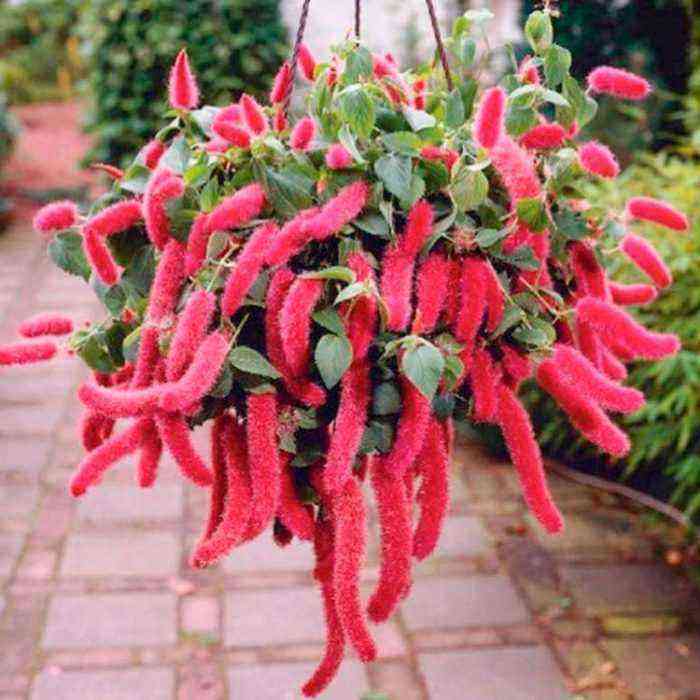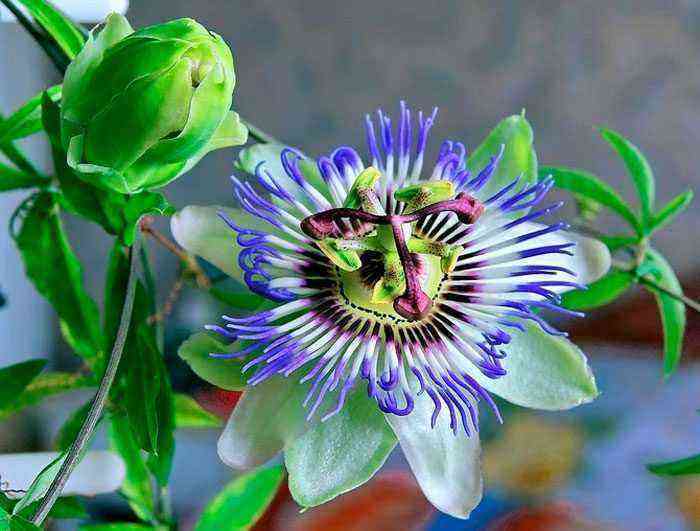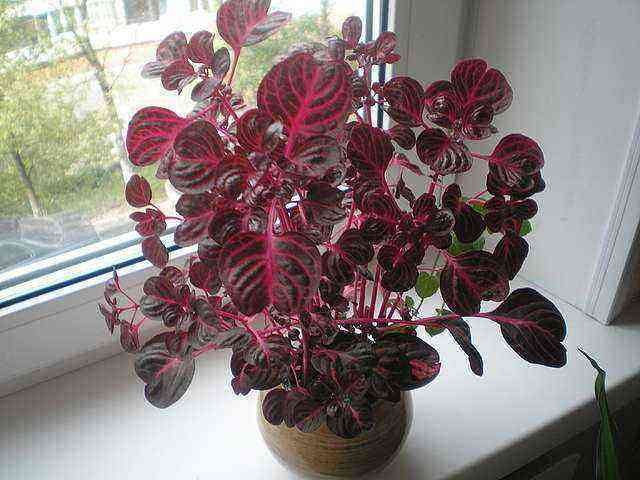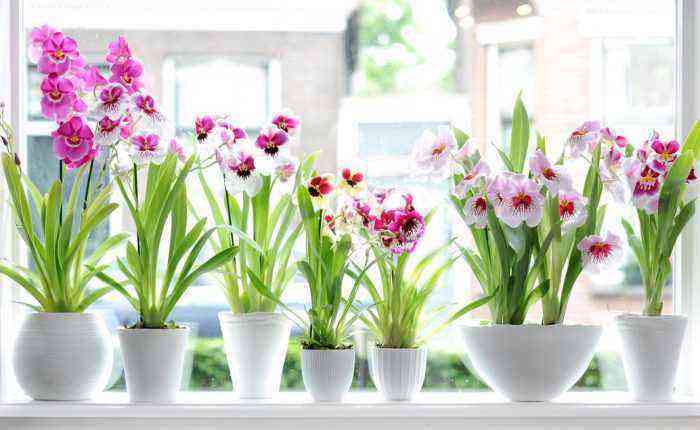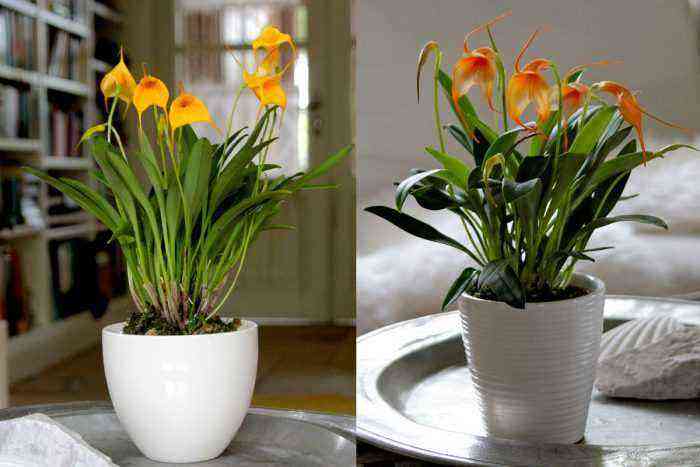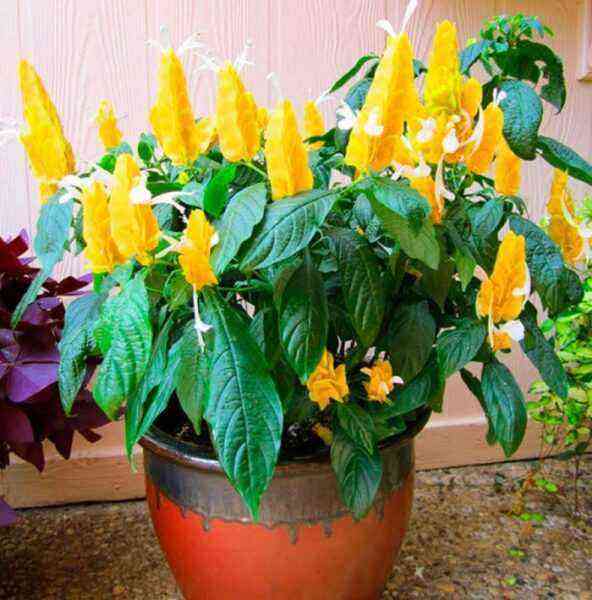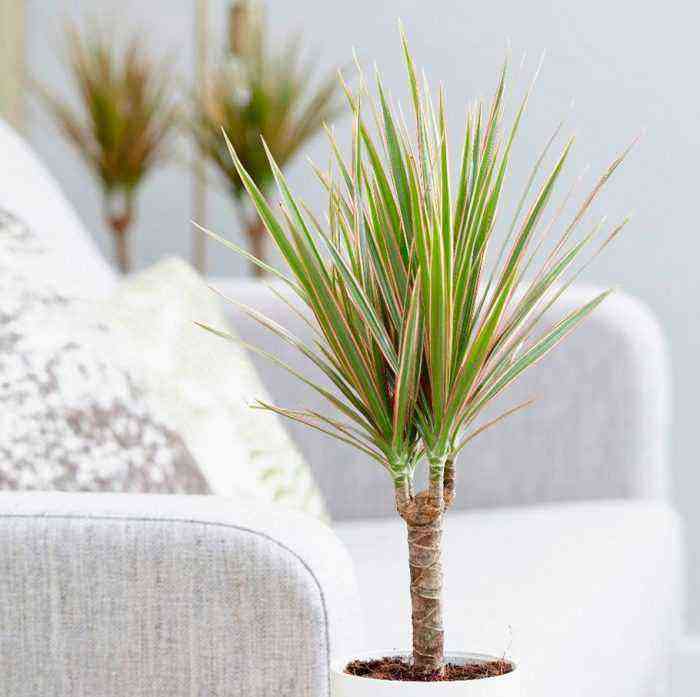The flowering tropical plant Ardisia is a member of the Myrsinoideae subfamily of the Primulaceae family. This plant in natural conditions can be found in South and North America, Australia, Asia, as well as on the islands of the Pacific Ocean. However, it prefers to grow in the tropics and subtropics.
This genus unites about 500 species (according to some sources, 800 species). Ardisia is represented by shrubs, trees and dwarf shrubs. Interestingly, the species Ardisia japonica is one of the fifty main medicinal plants in traditional Chinese medicine. As an ornamental plant, the most commonly used species is Ardisia crenata, which is also called “Christmas berry” or “coral tree”.
Features of ardisia
Most of the ardisia species have leathery glossy leaf plates that are elliptical in shape. On the shoots, they are placed alternately or are part of the pseudo-whorls, which are located at the ends of the stems. In sheet plates, the edge can be crenate, solid, or serrated. There are sometimes bumps along the edge of the foliage, and most growers take them for symptoms of the disease. These hillocks contain symbiotic nitrogen-fixing bacteria that help the bush to assimilate nitrogen, as well as other beneficial substances that are contained in the air. These swellings should not be cut off or injured, because because of this, the growth of ardisia worsens. To date, scientists are investigating how the foliage of various plants absorbs nutrients, since most flowers grown at home are famous for purifying the air in the room. In addition, not so long ago, scientists found out that in this plant, nutrition with the help of roots occurs in symbiosis with fungi that have endomycorrhiza. In this regard, it is necessary to transplant ardisia very carefully, using the transshipment method, while trying not to injure the root system, but it should be taken with a lump of earth. It is forbidden to flush the root system with water during transplanting. Since this plant has such features, it can be grown in the same container without transplants for several years.
The paniculate or umbellate inflorescence consists of small flowers, which have 4-5 sepals of green color, as well as a bell-shaped corolla, consisting of 4 or 5 petals and stamens (there are always the same number of petals).
The greatest decorative effect of such a plant is represented by its fruits. Indoor Ardisia crenata grows many small, deep red drupes. The fruits grow in December and do not fall off the bush for several months. If you take care of ardisia correctly, then its fruiting will become year-round.
Care for housekeeping at home
A large number of home-grown flowers do not take root, even if properly cared for. However, only sometimes this is due to the fact that the acquired plant is of poor quality. And as a rule, this is due to the fact that the flower is in the wrong place for it.
Illumination
Ardisia needs a lot of bright light, but it is not recommended that the direct rays of the sun fall on the bush. If the plant is on the windowsill of the southern window, then in the summer it must be shaded. In this regard, for ardisia, you should choose a window located in the eastern or western part of the room.
Temperature conditions
This houseplant grows well at normal room temperature. In summer, the temperature should be between 18-26 degrees. In winter, it is recommended to move it to a cool place (from 14 to 16 degrees). This is due to the fact that in winter, buds are laid, which occurs at a temperature of 14 to 18 degrees. If in winter the bush is warm, then flowering will be scarce. In a hot room, the berries dry out very quickly and crumble. Still such a flower must be protected from cold drafts.
Air humidity
This flower needs high humidity. You can moisten the plant from a sprayer using room temperature water. However, it is highly discouraged to spray the bush during flowering and berry setting. If the air humidity is too low, fewer berries are formed or they crumble.
How to water
In summer, on hot days, water the flower abundantly immediately after the top layer of the substrate dries. When kept cool, watering should be reduced to moderate. If liquid stagnates in the substrate, this will lead to the death of the foliage and the death of the bush. If the foliage on the plant becomes soft and sags, then this means that it needs to be watered urgently.
Additional fertilizing
During intensive growth, it is necessary to feed Ardisia 2 times a month, for this using a complex mineral fertilizer. In winter, all feeding is stopped.
Trimming
Formative pruning is carried out at the beginning of the spring. The purchased flower in indoor conditions begins to grow rapidly upward. To keep the compact shape of the bush, it should be systematically pruned in the spring before flowering begins.
How to transplant
The transplant of young specimens is carried out once a year at the beginning of the spring period, using the transshipment method, while you need to try not to injure the root system. An adult bush should be transplanted only when the container becomes too tight for it. The new pot should only be slightly larger than the plant’s root system. Do not forget to make a drainage layer at the bottom of the pot. When planting ardisia in an overly large pot, you should be prepared for the fact that it will not bloom for a long time.
soil
Such a culture does not impose special requirements on the soil mixture. However, it is best to use a lightweight substrate that allows air to pass through well. Ardisia grows well in a mixture of peat, leafy earth and sand. The substrate can be used from slightly alkaline to slightly acidic. Experts advise adding sphagnum, small pieces of charcoal and a small amount of coconut fiber to the substrate.
Flowering and fruiting
Ardisia blooms in spring or in the first summer weeks. During this period, the plant should have enough light, and it should also be watered on time, make sure that the soil does not dry out. If the soil dries up or the bush is exposed to a cold draft, this can cause buds to fall off. From September to December, the ripening of small fruits (single-seeded drupes) is observed. If you provide the ardisia with optimal conditions, then the fruits will not crumble for more than a year. These berries are not eaten, but they do not contain poison.
Reproduction of ardisia
You can propagate ardisia by cuttings or fresh seeds and do it in spring or summer.
How to grow from seeds
Seeds are sown in January. For this, the largest ripe fruits are selected, reaching about 10 mm in diameter. The pulp should be removed from the berries, while pulling out a solid round bone with longitudinally spaced veins of light color. Sow them into a moistened soil mixture, deepening the seeds by 10 mm. Before the onset of the spring period, the seed should not be stored, because it loses its germination rather quickly. Do not forget to cover the container with foil or glass. The first seedlings should appear in about 40 days. At the same time, in order for the seeds to germinate, the container must be placed in a warm place (from 25 degrees and above).
When the plants grow up, they should be cut into individual small containers, which are filled with a common substrate intended for indoor plants. It will take 2 to 3 years for the seedlings to become spectacular plants.
Experts advise, before sowing the seeds, to undergo scarification (file a little), after which they are immersed in a solution of growth-stimulating agents for several hours.
Cutting
To get an adult bush faster, ardisia will have to be propagated by cuttings. The tops of the stems are rooted, for this they use small pots. Rooting of cuttings is a rather long process, while they need to provide increased air humidity, and the substrate should also be no colder than 25 degrees. Before the cuttings are planted for rooting, they are treated with an agent that stimulates the formation of roots.
Diseases and pests
Aphids, scale insects and worms can settle on ardisia, and fungal diseases can also affect it. It is also very often affected by chlorosis, so the bush should be systematically fed with a fertilizer containing iron.
Possible problems
- The foliage turns yellow… This happens due to excessively dry air or due to a lack of nutrients in the substrate (usually nitrogen). To eliminate yellowing, spray and feed the bush. A transplant may be needed.
- Pulling out the stems, the foliage becomes faded… This is due to a lack of light, especially in winter. To eliminate this problem in the winter, the flower must be placed on a south-facing window, and in the summer it must be moved to the street.
- Flying around foliage… This happens when irregular watering or liquid stagnates in the substrate.
- The foliage becomes lighter and it is damaged by chlorosis.… This is due to a lack of iron. The flower will need feeding with iron chelates.
- The edges or tips of the leaf plates turn brown… Due to excessively low air humidity. Try to increase the humidity level, in this case a humidifier will help.
- Brown specks appear on the leaf plates… This is a symptom of a bacterial disease that develops due to very high air humidity and stagnation of liquid in the substrate.
7. Soft twisted leaf plates with a brown border. The room is too cold or the plant is exposed to a draft. It can also happen due to excessively low night temperatures.
Types of ardisia
Ardisia crenata (Ardisia crenata)
This type is most popular with flower growers. The bush is slow growing, and its height does not exceed 200 cm. Glossy leathery leaf plates have a wavy edge and a dark green color. Instead of flowers that can be pink or white, coral-red fruits are formed in winter. Fruiting can last continuously throughout the year.
Ardisia curly (Ardisia crispa)
The height of the bush is about 0,6-0,8 m. Dark green shiny leathery leaf plates have a wavy edge. Lush flowering. A large number of white flowers are formed on the stems, while on the shoots of the previous year there are still round fruits of a coral-red color.
Ardisia low (Ardisia humilis)
The size of the bush is less than that of curly ardisia. The length of the dark green leathery leaf plates can vary from 5 to 15 centimeters. Paniculate drooping inflorescences consist of small pinkish flowers. At first, the fruits are colored reddish-brown, but over time they become black and shiny.
Ardisia solanacea (Ardisia solanacea)
The shoots of the bush are light red, and the leathery leaf plates of a pale green color are not as wide as those of ardisia low and curly. Under natural conditions, this species is a tree, the height of which is 1,5–6 m. The flowers are painted in lavender or pink, they do not represent any decorative value. In place of the flowers, fruits appear, which are initially painted in a pale red color, over time they darken and become shiny.
Ardisia elliptic (Ardisia elliptica)
In the United States, Hawaii, Australia and the Caribbean, this species is very popular, where it is cultivated as a garden ornamental plant. The color of the flowers is pinkish. At first, as they ripen, the berries turn red, and later this color gradually changes to a rich purple. This type of ardisia is used in alternative medicine as an antimicrobial agent.
